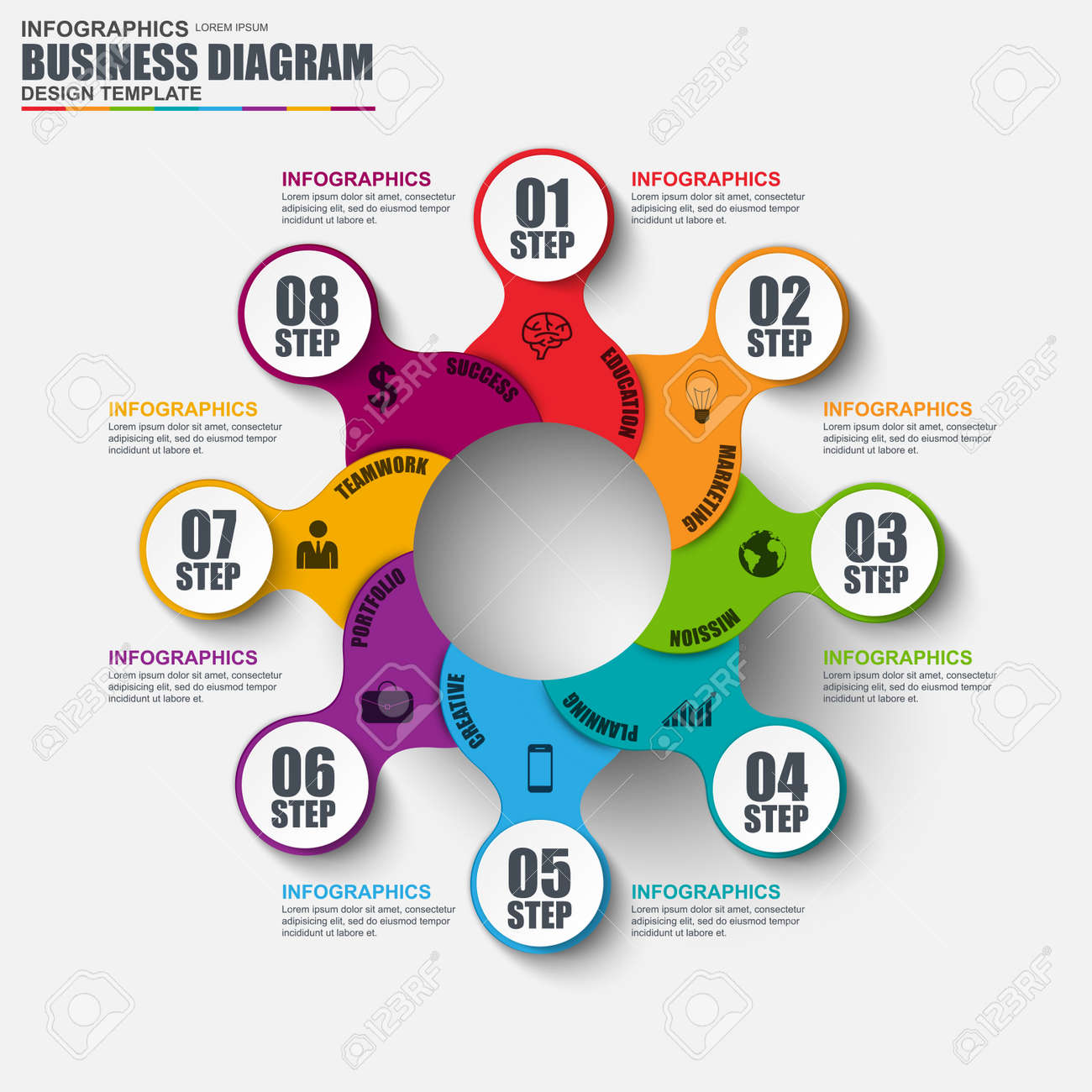Fundamental Aspects Of Website Design: Guidelines For Establishing A User-Centric Site
Fundamental Aspects Of Website Design: Guidelines For Establishing A User-Centric Site
Blog Article
Material Produce By-Crews Bak
When it comes to internet site layout, guaranteeing user-friendliness is essential. From receptive design to structured navigating, every component plays a crucial function in developing a site that satisfies your audience's demands. Yet what about the finer information that can make or break a user's surfing experience? Remain tuned as we uncover some often-overlooked tips that can raise your website's usability to the next level, making it truly attract attention in the electronic landscape.
Value of Responsive Layout
Responsive design is an important element of contemporary website growth. Guaranteeing your site is responsive means that it can adjust to various display dimensions and tools, providing a seamless experience for individuals.
With the raising use of smartphones and tablet computers to access the internet, having a responsive layout is essential for reaching a larger audience. It aids in boosting user experience by making your website easy to navigate and continue reading any gadget.
Furthermore, receptive style can favorably influence your internet search engine positions, as search engines like Google focus on mobile-friendly web sites. By having a receptive layout, you're also future-proofing your site, as brand-new tools with varying screen sizes remain to arise.
Simplify Navigation Structure
To improve user experience and help with very easy access to info on your website, enhancing the navigating structure is extremely important. When designing your site, concentrate on producing a clear and intuitive navigating menu that helps site visitors locate what they're trying to find swiftly.
Restriction the number of food selection products to the basics, organizing associated pages with each other to stay clear of frustrating users. https://dailybayonet.com/5-b2b-digital-strategies-for-small-businesses/ detailed tags that plainly suggest the material of each page, making it much easier for individuals to understand where each link will take them.
Consider implementing dropdown menus for subcategories to prevent littering the major navigation bar. Furthermore, include a search bar prominently on the page for users who prefer looking for details details.
Focus on mobile responsiveness in your navigation layout to ensure very easy access on all devices.
Enhance Web Page Tons Speed
Improving page lots rate is essential for keeping site visitors on your site. Slow-loading pages frustrate customers and can lead to high bounce rates. To enhance web page load rate, begin by maximizing photos. Press pictures without compromising top quality to minimize their documents sizes.
In addition, allow web browser caching to store frequently accessed sources locally, quickening load times for returning site visitors. Minify CSS, JavaScript, and HTML data by eliminating unnecessary personalities, comments, and format, boosting load speed.
Think about using a material delivery network (CDN) to distribute your site's material across several web servers worldwide, reducing latency for users accessing your website from different areas. Last but not least, limit making use of third-party manuscripts and plugins, as they can dramatically affect load times.
Learn Even more Here
To conclude, by integrating responsive style, streamlining navigating, and optimizing page load speed, you can develop an easy to use site that appeals to a broader audience and enhances customer experience. These essential elements make certain that site visitors can conveniently access and navigate your website throughout different devices, causing raised engagement and fulfillment. By focusing on these essential elements, you can build a successful site that keeps individuals coming back for even more.
